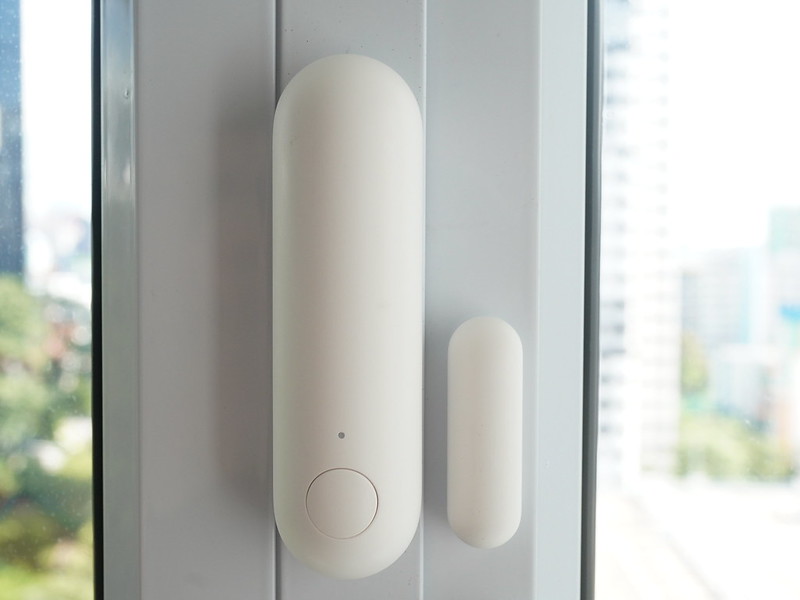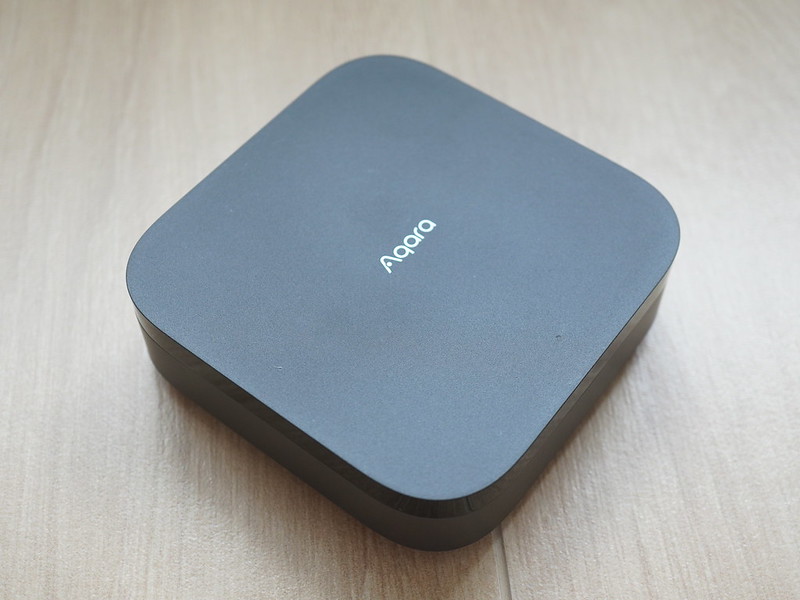AirGradient One Indoor Monitor (I-9PSL) Review
You probably will not have heard of the company AirGradient. AirGradient is a company based in Chang Mai, Thailand, which makes air quality monitors for both indoor and outdoor use.
Their air monitors are also made in Thailand, and their air monitors are fully open sourced at github.com/airgradienthq/arduino.
Prices
Essentially, they have two main products. The Open Air Outdoor Monitor (O-1PST) and One Indoor Monitor (I-9PSL). Each of them is available as a self-assembled kit or fully assembled. Of course, the price differs.
- Open Air Outdoor Monitor O-1PST (Self-Assembled) – US$125 / S$162
- Open Air Outdoor Monitor O-1PST (Fully Assembled) – US$225 / S$290
- AirGradient ONE Indoor Monitor I-9PSL (Self-Assembled) – US$138 / S$178
- AirGradient ONE Indoor Monitor I-9PSL (Fully Assembled) – US$230 / S$297
The prices are on the higher side compared to your typical smart home sensors. That is because they have more sensors, and CO2, PM, TVOC/NOx sensors are probably more expensive than your temperature/humidity sensor.
AirGradient sent me the AirGradient One Indoor Monitor (I-9PSL), and there are four sensors inside it.
- SenseAir S8/S88 CO2 Sensor
- Plantower PMS5003 PM Sensor
- Sensirion SGP41 TVOC/NOx Sensor
- Sensirion SHT40 Temperature/Humidity Sensor
Unboxing

The packaging contents are simple. It includes the indoor air monitor, a 2m USB-C to USB-A cable, and two clip-on stands.

No power adapter is included, so you must use your USB-A charger. Just ensure that the output of your chather is 2A and above.
Design
Since this is an air quality monitor, the enclosure is very well ventilated with most holes at the top and bottom of the device.

I like that a 1.3″ OLED display tells you the readings of your air in real-time.

You can either place it on a flat surface using the included clip-on stands or mount it on the wall using any of the four wall screw holes behind it.

The cable management is also well thought out, as grooves along the back guide the cable to exit from the top or bottom of the device.
Setup
Setup is the usual way for most smart devices: connect to the WiFi network created by the device, and then save your actual WiFi credentials to the device itself.
Once that is done, it will prompt you to register an account with app.airgradient.com so you can view your air quality readings there as well.



Integrations
Out of the box, they have integrations with Homey and Home Assistant. Their APIs are also public, so you can build your own integration if required.
I am using Homey. Integrating with Homey is seamless. You have to install the official AirGradient Homey app and it should automatically detect the device within the same network.

I am also using HomeKitty Homey app, so after adding the device to Homey, it automatically appears in the Apple Home app as well via Apple HomeKit.
Four readings will show up in Apple HomeKit: temperature, humidity, carbon dioxide, and PM2.5.


That is good enough for most people, as you can set automations to turn on your air purifier when the air quality is bad.

Conclusion
Overall, I love the AirGradient One Indoor Monitor; the readings are real-time and shown in all places where it is integrated, like AirGradient Dashboard, Homey, and Apple HomeKit. You can also see it on the OLED screen if you are too lazy to open any of those to check.

The only negative thing about this is the price, as $297 for this device is a little expensive. Given the build and quality of the parts, I will not say it is overpriced, but people will have to think very carefully whether they need this.
People who are smart home enthusiasts and also sensitive to air pollution or prone to respiratory allergies will likely appreciate the value of having such accurate real-time monitoring.




